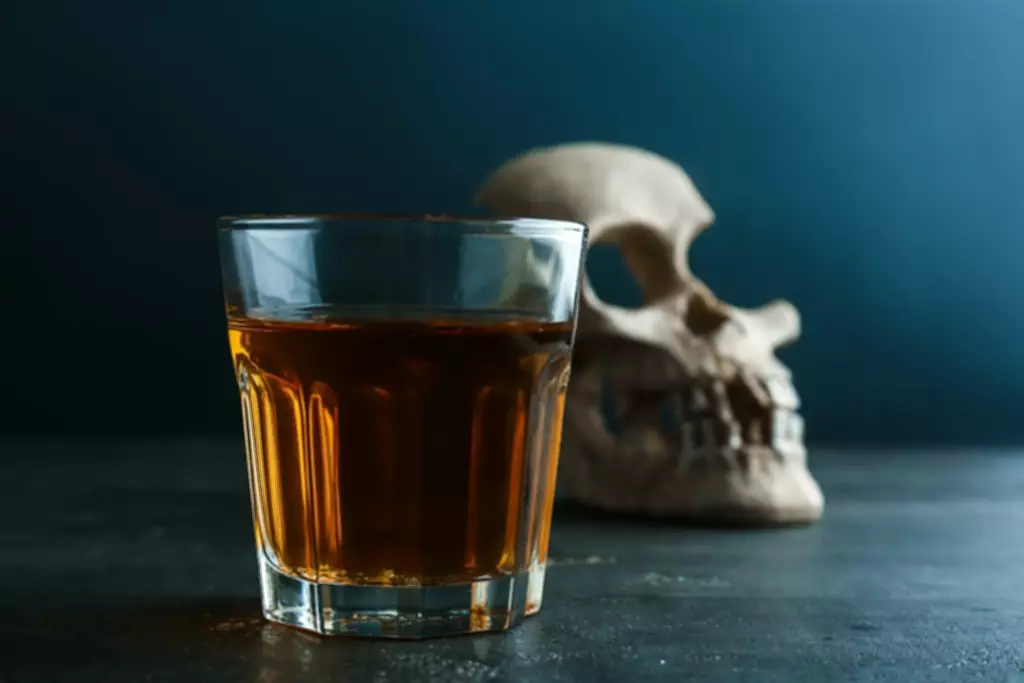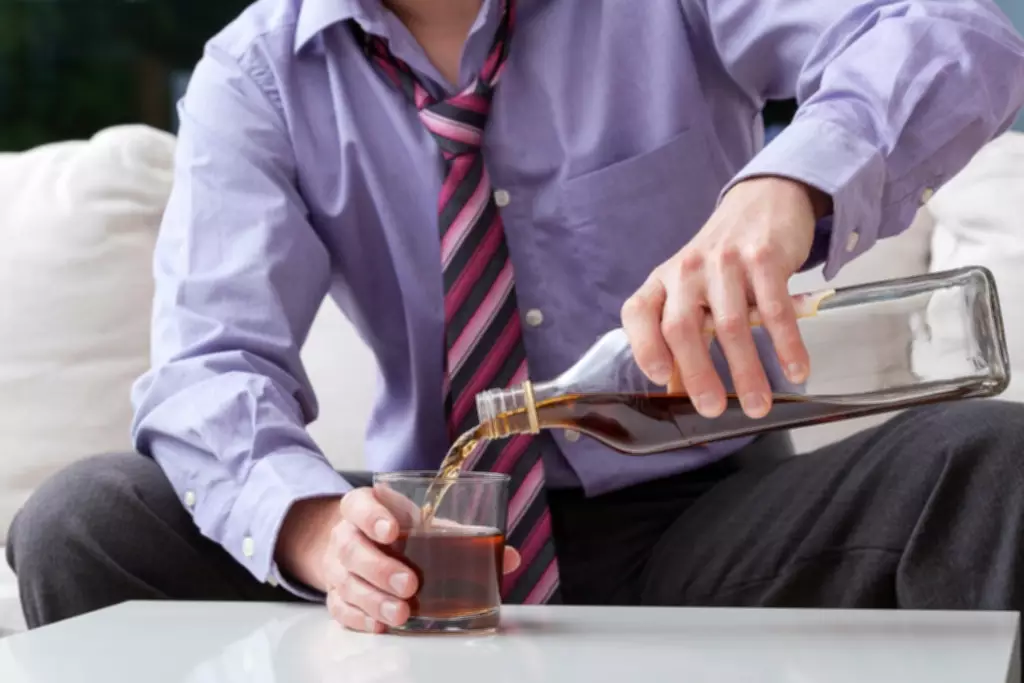Content
The preoccupation/anticipation stage of the addiction cycle is the stage in which a person may begin to seek substances again after a period of abstinence. In people with severe substance use disorders, that period of abstinence may be quite short (hours). In this stage, an addicted person becomes preoccupied with using substances again.

Over time, the substances or activities change your brain chemistry, and you become desensitized to their effects. Alcohol use disorder is the most common substance addiction in the United States, followed by nicotine and marijuana. About 10% of people aged 12 or older in the U.S. have alcohol use disorder. The American Society of Addiction Medicine (ASAM) defines addiction as a chronic brain disorder. Addiction doesn’t happen from having a lack of willpower or as a result of making bad decisions. Addiction is a chronic (lifelong) condition that involves compulsive seeking and taking of a substance or performing of an activity despite negative or harmful consequences.
Binge/Intoxication Stage
Likewise, if drinking or using drugs with others provides relief from social isolation, substance use behavior could be negatively reinforced. Addiction is generally a neuropsychological disorder defining pervasive and intense urge to engage in maladaptive behaviors providing immediate sensory rewards (e.g. consuming drugs, excessively gambling), despite their harmful consequences. Addictive disorder is a category of mental disorders defining important intensities of addictions or dependences, which induce functional disabilities. There are no agreed definitions on these terms – see section on ‘definitions’. Data with knockout mice also provide key insights into the role of dopamine in the rewarding effects of drugs of abuse. Genetically altered mice homozygous with a lack of the dopamine D1 receptor do not self-administer cocaine (Caine et al, 2007).
Cognitive behavioral therapy (CBT) is the most common form of psychotherapy used in treating behavioral addictions; it focuses on identifying patterns that trigger compulsive behavior and making lifestyle changes to promote healthier behaviors. Because cognitive behavioral therapy is considered a short term therapy, how to break the addiction cycle the number of sessions for treatment normally ranges from five to twenty. During the session, therapists will lead patients through the topics of identifying the issue, becoming aware of one’s thoughts surrounding the issue, identifying any negative or false thinking, and reshaping said negative and false thinking.
Use of Multiple Substances and Co-occurring Mental Health Conditions
It is at this stage where, if it hasn’t already been done, intervening from family and friends is needed. This is the stage where it is very clear that there is a problem and that the person who is suffering needs to get help. Chances are after that initial use, you will continue to use the substance again more regularly. In some cases, you might even continue use on doctors’ orders if it’s a prescribed medication. As long as you enjoyed the way the substance made you feel, your brain will want you to continue to use that substance. It’s the reason that we might have a drink after a long day at work, or take Aspirin if we have a headache.

For many people, they can enjoy their substance during their free time and still be able to go about their daily lives normally. During this phase, you may be able to stop consuming the substance even for periods of time without feeling any adverse effects. Unfortunately, relapse can occur during the action or maintenance stage, which means the addict or alcoholic again enters the cycle of addiction. The process by which removal of a stimulus such as negative feelings or emotions increases the probability of a response like drug taking.
Binge/Intoxication Stage: Basal Ganglia
Cannabinoids facilitate the release of dopamine in the nucleus accumbens through an unknown mechanism either in the VTA or the nucleus accumbens. The blue arrows represent the interactions within the extended amygdala system hypothesized to have a key function in drug reinforcement. The medial forebrain bundle represents ascending and descending projections between the ventral forebrain (nucleus accumbens, olfactory tubercle, septal area) and the ventral midbrain (VTA) (not shown in figure for clarity). This explains why substance use disorders are said to involve compromised self-control.
- This is known as tolerance, and it reflects the way that the brain maintains balance and adjusts to a “new normal”—the frequent presence of the substance.
- If the experience is pleasurable, this feeling positively reinforces the substance use, making the person more likely to take the substance again.
- With excessive alcohol consumption, this important organ can’t metabolize Vitamin D, which could develop into a deficiency.
- For an adult, a divorce, loss of a job or death of a loved one may increase the risk of substance use.
- During the dependency phase of the addiction cycle, the addict will begin to experience severe cravings due to their altered brain chemistry.
- The process by which presentation of a stimulus such as a drug increases the probability of a response like drug taking.
For some, entry into a religious organization, self-help group or simply developing a better way of life can help. However, the vast majority of addicts require outside help from counselors, physicians and drug and alcohol rehabs. Understanding the cycle of addiction can help you decide if you or a loved one needs treatment. A chemical substance that binds to and blocks the activation of certain receptors on cells, preventing a biological response.
In fact, declarative memory has been long recognized to be involved in learning and the linking of affective conditions or circumstances with drug-taking experiences. Studies with PET and functional magnetic resonance imaging have shown that cue-elicited craving, as well as acute intoxication, activates the hippocampus and amygdala (Volkow et al, 2004a). Sagittal section through a representative rodent brain illustrating the pathways and receptor systems implicated in the acute reinforcing actions of drugs of abuse. Cocaine and amphetamines activate the release of dopamine in the nucleus accumbens and amygdala through direct actions on dopamine terminals. Opioids activate opioid receptors in the VTA, nucleus accumbens, and amygdala through direct or indirect actions via interneurons.
A recent study found that both the dorsolateral and inferolateral frontal cortex gray matter volumes inversely correlated with preference for immediate gratification during decision-making (Bjork et al, 2009). This finding suggests that abnormalities in frontocortical regions may underlie the inability to delay gratification, a trait that is characteristic of addiction and other psychiatric disorders. Thus, concomitant dopamine and glutamate neurotransmission in the dorsal striatum, a region implicated in habit learning and action initiation, is involved in cue/context-dependent craving. As such, the dorsal striatum may be a fundamental component of addiction (Volkow et al, 2006). Research on novel strategies to inhibit cue-conditioned dopamine and glutamate responses is a major focus of current medications development efforts. On the basis of this synthesis, an early neurobiological circuit for drug reward was proposed (Koob, 1992) that has been elaborated and expanded (Koob and Nestler, 1997; Figure 1).
